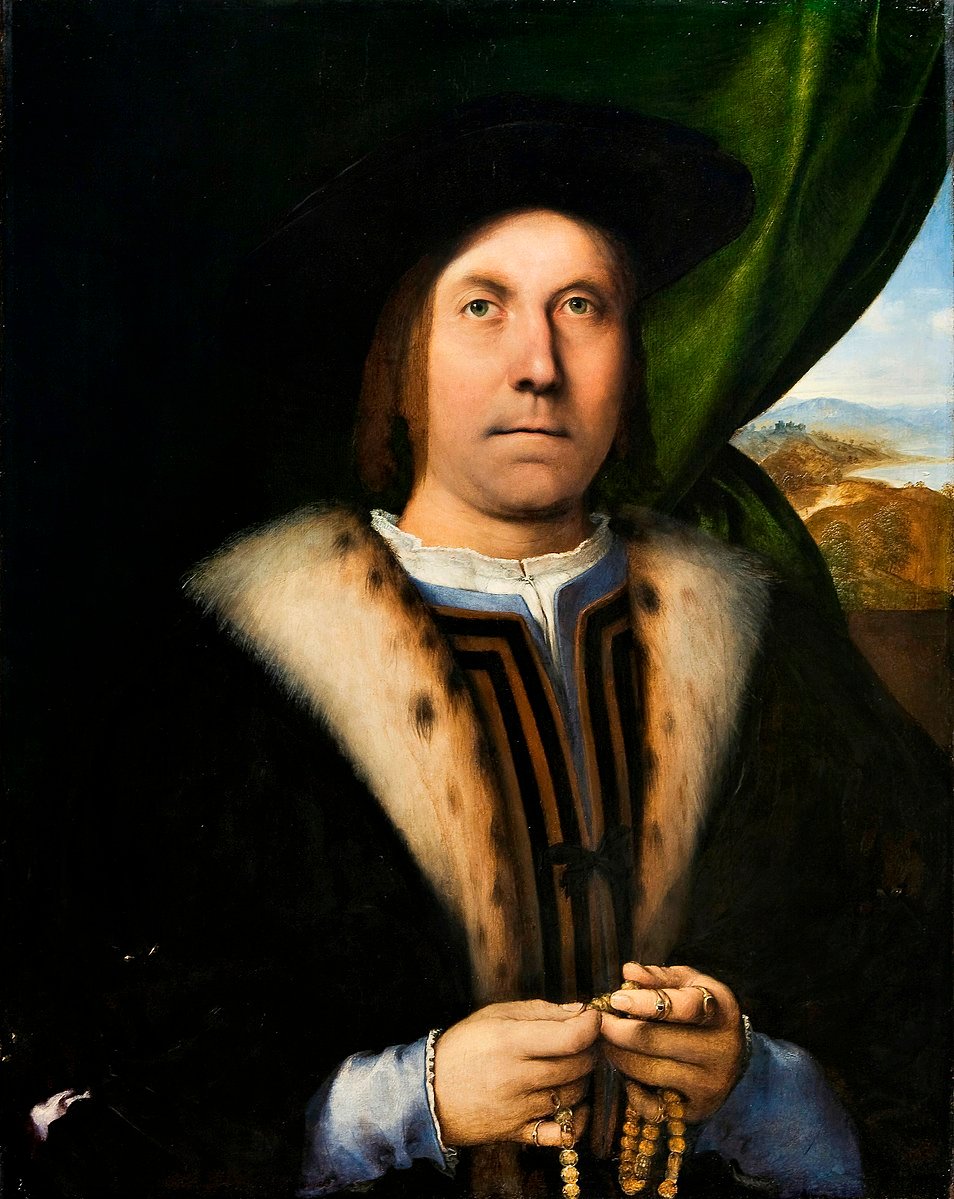
At a time when we feel spiritually disconnected, Caleigh McCutcheon shares a sign of comfort from sacred art created during a previous pandemic.
As COVID rages around the world, normal life has become something none of us could have ever predicted. The days when we could look forward to family gatherings, go to the theater, or even go into the office seem like a distant memory. This is a time of suffering and confusion for many people, but we need to remember that this has happened before. It may not be an encouraging thought at first, but history shows us that the human race has faced such difficult times before, and more importantly, survived them.
The Black Plague ravaged Europe in the 14th century, killing an estimated 2 million people in under ten years. This changed society forever, and the generations that followed lived in fear of the illness returning (which it did). This is not a comforting thought, and in no way am I comparing today’s crisis to the Black Plague. Instead I want to look at a painting from the early 16th century as proof of people’s resilience, which in large part, came down to faith.

Portrait of a Gentleman with a Rosary was painted by Lorenzo Lotto around 1515. The unknown Italian gentleman chose to be painted with his rosary beads. At the time, the Rosary was not yet an official prayer sanctioned by the church. Nonetheless its popularity with the faithful spread quickly, in large part because of its association with Mary. At a time when many loved ones were dying, especially children, Christians identified strongly with the grieving Mother of God.
The beads in the painting might even be memento mori beads or “plague beads.” These were beads carved into skulls. This may seem rather depressing to us, but for Christians during the plague, the reminder of a mortal death was comforting. Their loved ones were now in Heaven, enjoying an afterlife free of pain, hunger, and disease.
According to Fulton Sheen, as the prayer gained popularity in the 16th century, the second verse of the Hail Mary was added. While the first verse, “blessed art thou among women …” comes from Scripture, the second verse was a response to the plague. Christians found comfort in the knowledge that Mary was always watching over them, even until their death. The Rosary prayer became so popular that Pope Pius V officially established it as a devotional prayer in 1569.
So, in this time of hardship, and especially as the holiday season draws near, remembering this bit of history should offer some comfort. While many of us have not been back in church for many months, and maybe are feeling disconnected, the Rosary is there for you. It has always been a prayer that could be recited anywhere, by anyone. And that is why it has continued to remain a powerful symbol of our faith.
Copyright 2020 Caleigh McCutcheon
Images (top to bottom): Pexels (2016); Nivaagaard Museum, Public Domain
About the Author

Caleigh McCutcheon
Caleigh McCutcheon is the curator at the Museum of Family Prayer in North Easton, MA. She has a BA in English from Stonehill College and a MA in Art History from Glasgow University. Her Master’s thesis focused on the complexity and lasting power of the Pieta image in Christian art. She considers art to be one of the most powerful forms of prayer.


.png?width=1806&height=731&name=CatholicMom_hcfm_logo1_pos_871c_2728c%20(002).png)
Comments